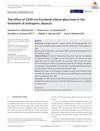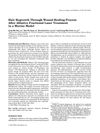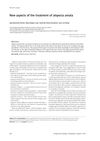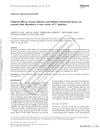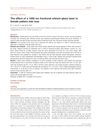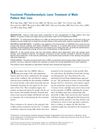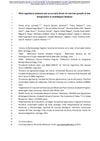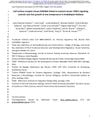Using High-Intensity Phototechnology as a Method of Treating Mild to Severe Diffuse Alopecia
November 2024
in “
Fizioterapevt (Physiotherapist)
”
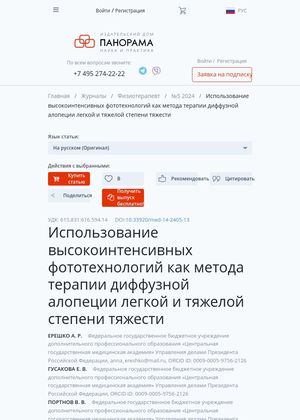
TLDR High-intensity phototechnology, especially with other treatments, effectively improves quality of life for diffuse alopecia patients.
The study investigates the use of high-intensity phototechnology, specifically fractional laser therapy, in combination with minoxidil and blood irradiation, for treating diffuse telogen alopecia. Conducted on 177 patients, the research evaluated four treatment schemes using the Dermatology Life Quality Index (DLQI) to measure outcomes. Results showed that fractional laser therapy, particularly when combined with other treatments, significantly improved patients' psycho-emotional state and quality of life. The combined therapy group exhibited the most substantial improvement, with DLQI dynamics of 45.4% for mild and 52.9% for severe alopecia, compared to other groups. This suggests that high-intensity phototechnology can be an effective treatment for diffuse alopecia.

